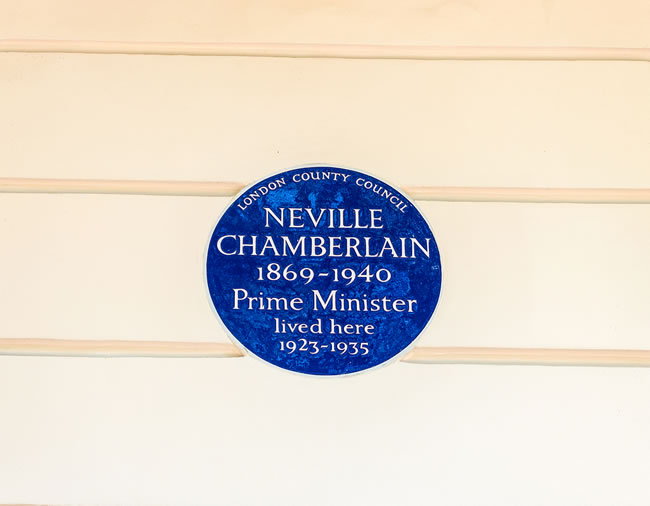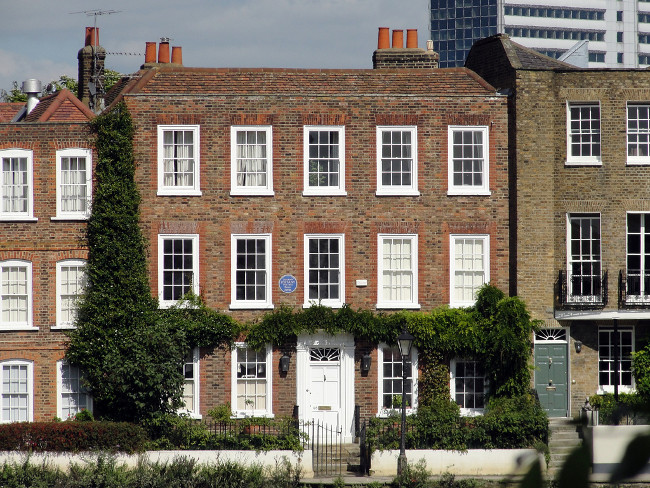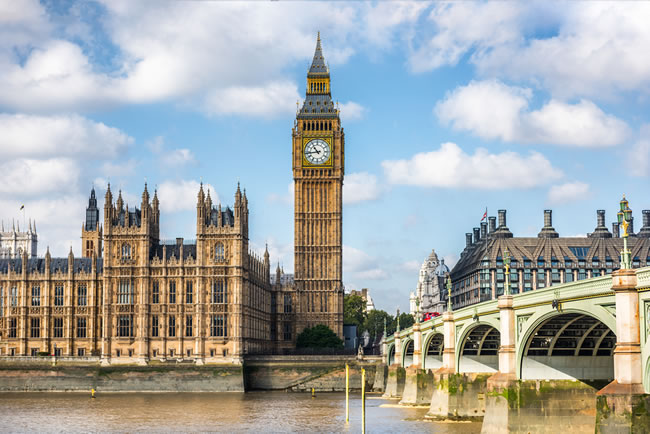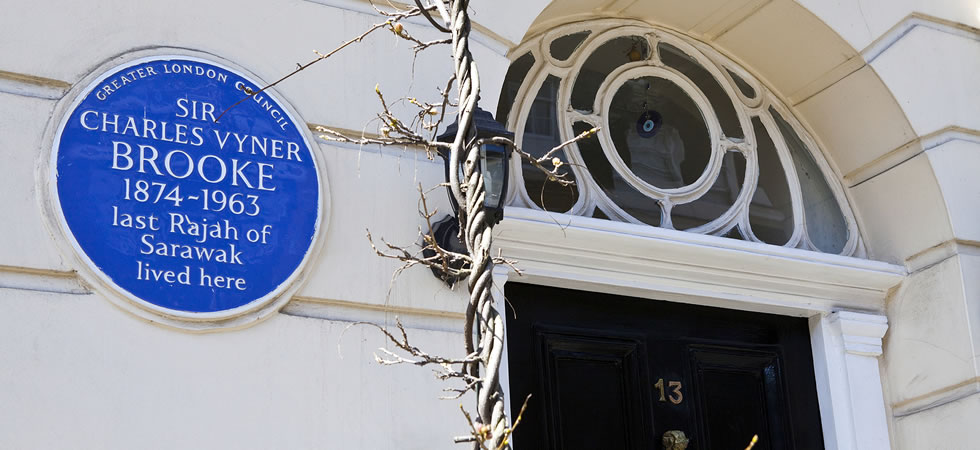Blue plaque buildings in London are among the city’s most loved and notable quirks. London is almost unanimously recognised and celebrated as one of the most vibrant and sophisticated cities on the planet. It is filled with a dazzling array of diversions and pursuits, from first-run West-End theatre productions and cutting-edge museum exhibitions to unparalleled shopping streets and dining establishments that help to set worldwide culinary standards. Not surprisingly, then, London attracts people from all over the globe who want to live or own property in this coveted city.
Indeed, if you were to consult an estate agent in Prime Central London, you would surely discover that demand for properties for sale and properties to let in London is not only holding steady, but is on the rise. This especially holds true in highly sought-after Prime Central London neighbourhoods, such as Mayfair or Kensington and Chelsea, where clients at the top of the market are often looking to buy a blue plaque house.
In addition to the first-rate lifestyle options that London has to offer in abundance, there are other factors, which make it such an appealing place in which to own or rent property. These include the city’s storied history and elegant architecture.
London’s legendary blue plaque buildings

London’s history and architecture come fascinatingly together in the form of the city’s famed blue plaque buildings. These are essentially properties that bear a plaque (and in rare cases two) sharing information about a prominent person (or people) who once resided at this address.
From the plaque commemorating Oscar Wilde at Tite Street in Chelsea to the one celebrating Ava Gardner at 34-35 Ennismore Gardens in Knightsbridge which is a prime example of period property near Hyde Park, these plaques can be found in London’s most prime locations ranging from Mayfair to Knightsbridge.
There are currently more than 900 of these blue plaque building, spread across the length and breadth of London. Interestingly, although uniformly referred to as “blue plaque” properties, not all of the plaques are, in fact, blue. Presently run by English Heritage, London’s unique blue plaque scheme has actually been around since 1866 and has been run, since its inception, by three other groups, the Royal Society of Arts, the London County Council and the Greater London Council. London’s system of awarding blue plaques is thought to represent the oldest practice of this type in the world.
Still to this day, blue plaques continue to be affixed to buildings throughout London that meet the standards of the awarding body. In order to gain a blue plaque designation, a building must have had a substantial relationship with its prominent resident. In other words, the person would have needed to stay at the property for some time, not just have visited overnight or for a few days. Additionally, the subject of the blue plaque, the significant resident, must have been dead for 20 years or more, in order for the building to be considered for this designation. Once these guidelines are followed, anyone can nominate a building for a blue plaque, without any further restrictions. Whether or not the nomination ends up being successful is, of course, another matter entirely.
Fans of architecture and aficionados of history can indulge these passions on blue plaque tours of Prime Central London that will take you to see selected examples of these properties, Each tour focuses on buildings selected for being notable, historically important or quirky in some fashion. Certainly, over the 152 years that it has been in existence, this scheme has seen its share of noteworthy moments. Here are just three interesting facts regarding Central London’s blue plaque buildings.

The very first blue plaque building no longer exists
The Royal Society of Arts inaugurated London’s very first blue plaque in 1867, which they referred to as a “commemorative tablet”. This original plaque honoured Lord Byron. Since Byron was a somewhat racy figure, it may have been a bit of an odd choice, perhaps even a controversial one, for the extremely conservative Victorian era.
Nevertheless, this very first blue plaque (which was actually a blue disk) was awarded to a house in Holles Street (some say it was number 16, though others claim that it was number 24) in Westminster, near to Cavendish Square. The plaque designated the property as the house in which Lord Byron was born in 1788.
Yet, only 22 years after this blue plaque was awarded, in 1889, the building in Holles Street was demolished. It later became the site of a John Lewis department store, which today fronts onto Oxford Street. John Lewis, himself, affixed his own plaque paying tribute to Byron’s birthplace to the store he erected. However, that plaque was lost when the store was bombed during World War II. In 2012, a new Westminster plaque was issued to the John Lewis department store on Oxford Street, commemorating Byron’s former residency, yet it’s accuracy is somewhat dubious, as the house where Byron was born in the 18th century is long gone and the department store covers quite a bit of ground, making it difficult to pinpoint the exact spot where Byron lived.
London’s current oldest blue plaque property is…
Although London’s initial blue plaque building no longer exists, there are a few that were awarded over the same time period that do still survive. But which one is the oldest? That title goes to the property at 3 King Street in Westminster. The blue plaque for this house was issued in 1867, in the same year as Lord Byron’s, but a little later. It commemorates the residence where France’s Napoleon III lived, during his period of exile, in the run-up to his return to his native land to assume its throne in 1848.
Legend has it that Napoleon III decamped from his London home on King Street in such a hurry (to head back to France, upon hearing of the overthrow of King Louis Philippe), that his bed was left unmade and his bath filled with water. Whatever the truth of that story might be, Napoleon’s return to France did not end well. His emperorship didn’t last long and he was forced from the throne in 1870. He ended his life in exile in the UK, although not in his former home on King Street.
This blue plaque also has the unusual significance of being the only one issued while the person it honoured was still alive. Conventional wisdom states that this represented an attempt to curry favour with the emperor, who was still ruling France at the time that the plaque was awarded.
London’s collection of rare double blue plaque properties

While it is difficult enough to earn one blue plaque, there are a small number of buildings in Central London that have actually managed to garner two. In fact, there are only 19 such properties in London that bear the rare distinction of having two blue plaques. These double blue plaque residences either received them because two unconnected people lived there at different times, or because both notable residents shared the home.
For instance, one well-known example of the former involves the two blue plaques that adorn adjacent houses on Brook Street in the eminently elegant Prime Central London neighbourhood of Mayfair. One blue plaque pays tribute to a giant of classical music, George Frideric Handel, who died in the home in 1759. And the other plaque honours iconic rock guitarist, Jimi Hendrix, who lived in his Brook Street home between 1968 and 1969. While many musicians might be impressed at the thought of living next door to the place where an iconic composer like Handel once resided, Hendrix seemed somewhat underwhelmed. In face, he hadn’t been looking to rent a blue plaque home. Indeed, upon learning that Handel had once lived next door, Hendrix is reputed to have said, “To tell you the God’s honest truth, I haven’t heard much of the fella’s stuff.”
One case of the latter type of twin blue plaque building, where both prominent people resided there at the same time, can be found at 20 Maresfield Gardens in Hampstead. This was the home of both Sigmund Freud, the father of psychoanalytic theory, and his daughter, Anna Freud, the pioneer of psychoanalysis for children. Together father and daughter lived there after fleeing from the clutches of the Nazi regime in 1938. Sigmund Freud died in 1939, while Anna went on to live and work at the Maresfield Gardens address for another 43 years, until her own death in 1982.
All across London, these blue plaque properties – whether single or double – act as a reminder to all who see them that London has not just recently come into its own. Far from it, as these blue plaque building attest, Central London has long been a place where the celebrated, the distinguished, the talented and the noteworthy have wished to live.
Yet, one doesn’t have to be famous to reside in this storied city. Its enjoyments and allurements are open and enticing to all. That’s one of the main reasons why the property market in Prime Central London continues to flourish year after year after year.
Image credit at the very top of the article: chrisd2105/Bigstock.com





















